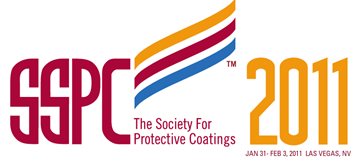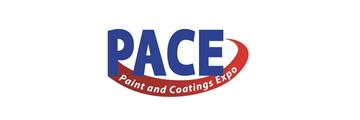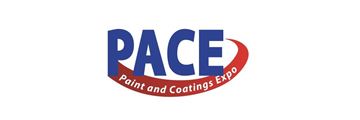Search
Time is Money: Improving Shop & Field Painting Throughput by Reducing Finish Coat Handling Time
Also Purchased
Thermal Insulating Coatings Can Reduce a Facility’s Carbon Footprint in More Ways Than One
Product Number:
41211-652-SG
Publication Date:
2011
$20.00
Thickness Does Matter - The Use of Thick Linings In Industrial Applications
Product Number:
41205-186-SG
Publication Date:
2005
$20.00
Thermal Spray Coatings - Past, Present & Future
Product Number:
41205-159-SG
Publication Date:
2005
$20.00




